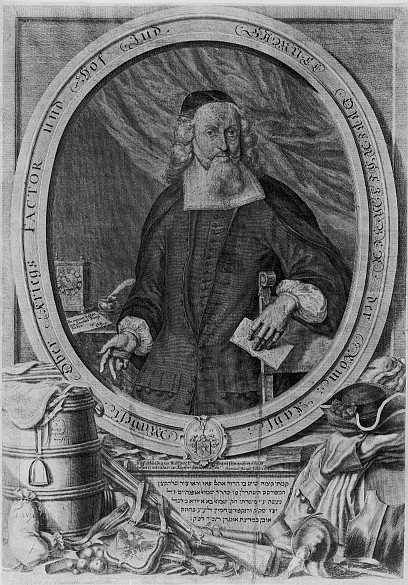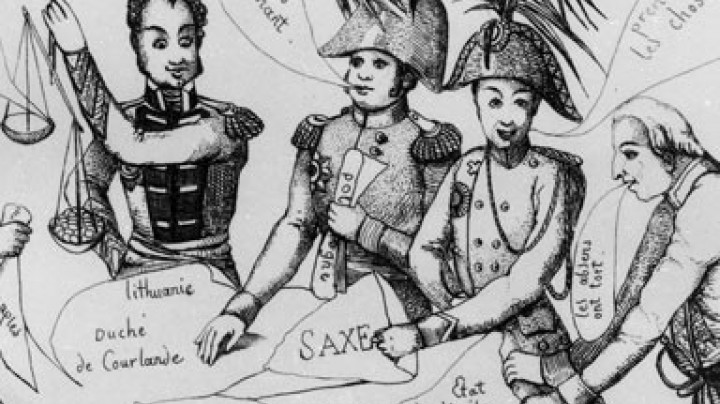(In)voluntary loans – The Jews as financial backers
Loans provided by the Jews played an important role in the Habsburgs’ financial affairs. If they were not prepared to provide this money voluntarily, the ruling dynasty was ready to resort to drastic measures.
In order to finance wars and to maintain the Court, it was – in addition to banking and trading houses – to the Jews that the Habsburg rulers repeatedly turned. Since the reign of Rudolf II there had been an increase in the sums provided by the Jews, and the so-called Court Jewry had become institutionalized. These were people who received certain privileges because they had provided loans or useful service to the emperor.
One Jew, namely Mordechai Meisl of Prague, played a particularly important role in the financial affairs of Emperor Rudolf II. In the period from 1597 to 1600 alone he put approximately 340,000 gulden at his disposal. After Meisl’s death the Emperor got his hands on his property by simply having it confiscated. Something similar happened in the case of Samuel Oppenheimer a century later. As Court factor he had lent the Habsburg rulers several million gulden, mostly in connection with the wars against the Ottoman Empire and France. When he died his heirs were simply declared bankrupt, even though there was still money outstanding. Under Leopold I, Joseph I and Charles VI the loans provided by Jewish financiers amounted to more or less the equivalent of all the taxes collected from the entire Kingdom of Bohemia.
It not only loans provided by individuals that the Habsburgs got their hands on. For example, under Ferdinand II the entire Jewish community in Vienna was given the role of a provider of funds. If there was resistance then the community was threatened with the withdrawal of its privileges or even with expulsion and was called on to make ‘voluntary gifts of money’. Experts drew up numerous reports with the aim of proving that the Jews had made a great deal of money at the expense of the Christian population and that such extortionate methods were thus justified.














